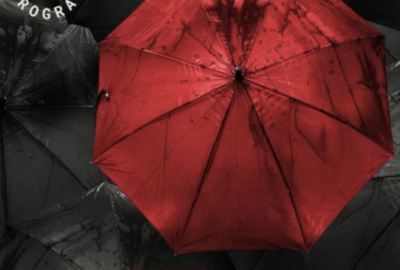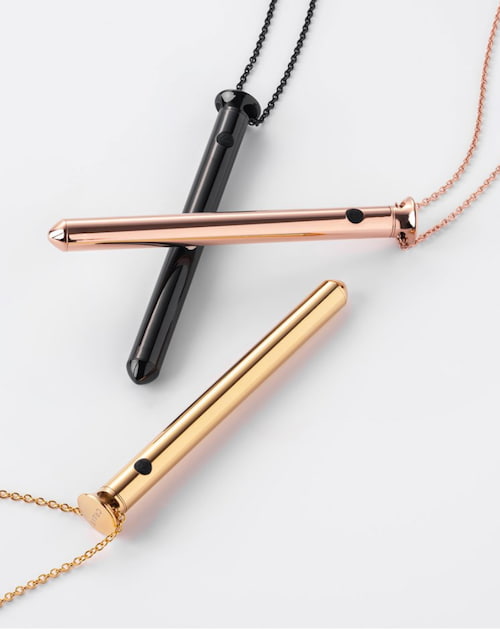Articles, Interviews
Strippers talk back to the hashtag #NotAStripper
Don’t forget it was strippers who invented pole dancing.
As the art of pole dance has moved from the strip club stage to exercise studios and international competitions, “polers” have flooded social media with photos and videos of impressive, sometimes death-defying acrobatic tricks.
But many in the pole dance world don’t appreciate its sex industry roots—and with an increasing division between the hobbyists and the pros, the latest scuffle is over the Instagram hashtag #NotAStripper.
‘Grammers have used the #NotAStripper tag on photos of body glitter and the piles of singles that stack up after a bartending or serving shift. Mostly, though, the hashtag is employed by pole dancers who want to clarify that their ability to swing upside-down on a pole with prowess doesn’t mean you should ask them for a lap dance.
Actual strippers are taking offense—not only because they feel it adds fuel to the already raging anti-sex worker stigma, but because contemporary pole dance, as taught in studios around the world, is something they invented.
“Students and teachers of pole dance who try to distance themselves from our art are only contributing to sex worker stigma,” Oregon stripper and activist Elle Stanger told the Daily Dot. “It seems silly that someone would pay to learn a skill, while trying to distance themselves from its origins.”
Stanger posted a call to arms on Facebook in late December, inviting her fellow strippers to join her in responding to the offending hashtag by posting their own photos. Stanger had been using the #YesAStripper tag in her own photos for over a year in response to the anti-stripping comments she’d noticed in the pole dance community.
In April, sex work writer Alana Massey called attention to the pole fitness craze and its attempt to distinguish itself from strippers.
“Many claim that pole fitness is inspired primarily by Chinese pole and the ancient Indian mallakhamb tradition, and others make the extra effort to disparage pole dancing as it is used by strippers as sullying ‘real pole dancing,’” wrote Massey on the Daily Dot. “[Stripper Matilda Bickers] calls the attempt to claim modern pole fitness as the extension of ancient Asian traditions ‘a pseudo-spiritual orientalist face lift,’ not dissimilar from clumsy western appropriations of yoga.”
Massey noted what many in the pole fitness scene don’t seem to be able to acknowledge: Their marketing, costumes, and performance style draw heavily from stripper culture. Just look to the pole studios that sell Pleaser platform heels in bulk, the hair flips and sexy lingerie worn by hobbyist polers, or the moves carefully perfected by strippers over years of grueling nightly stage shows. As #NotAStripper now underscores, it is impossible to imagine the existence of pole fitness without strippers paving the way.
Illustration by Max Fleishman























Leave a reply